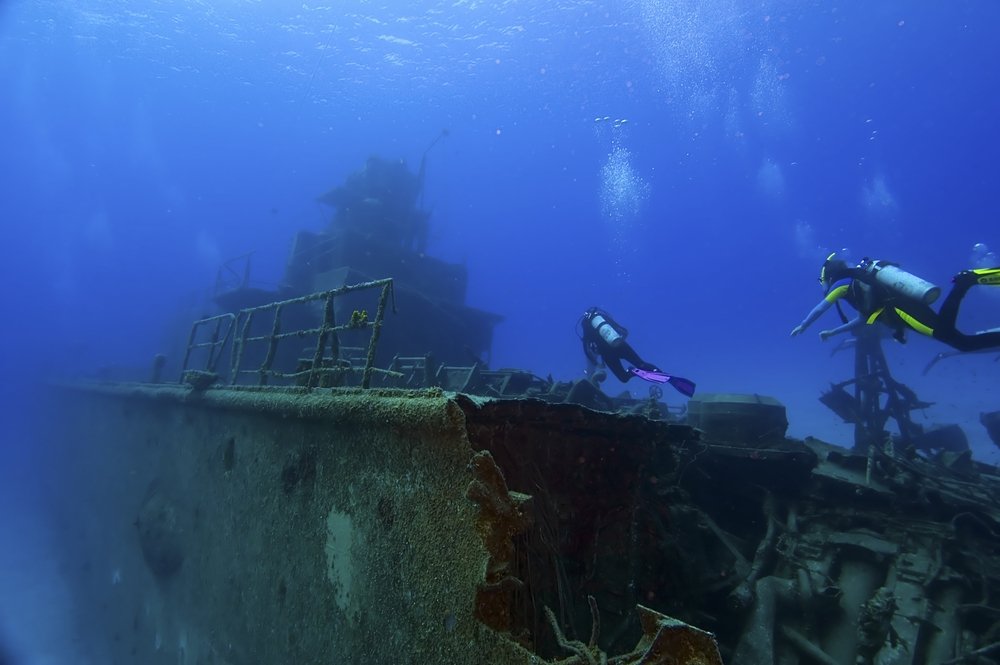The V-1302 John Mahn has been lying at the bottom of the North Sea off Belgium for decades. The ship started life in Germany as a 48 meter long fishing vessel.
However, during World War II, the Nazi Kriegsmarine requisitioned it for use as a patrol vehicle, reports the arstechnica. On February 12, 1942, a squadron of six planes of the British Royal Air Force hit it with two bombs and it sank.

His warehouses containing coal and ammunition, among other chemicals, sank with him. A recent investigation shows that since it sank it has not stopped polluting the environment. In fact, it seems that the environment has changed at the microbial level.
Research is part of it North Sea Wrecks project, an effort to identify and mitigate shipwrecks and their environmental impact in the region.
"We wanted to see if old shipwrecks in our sea still shape local microbial communities and if they still affect the surrounding sediments. This microbial analysis είναι μοναδική στο πλαίσιο του project,” Josefien Van Landuyt, a PhD candidate at Ghent University and one of the study's authors, said in a press release.
Heavy Metal
Ships (not just warships) carry and are made of thousands of chemicals and materials that can affect marine ecosystems. These may include paints, propane, batteries, engine oil, cleaning products and even sewage. To measure how the former Nazi ship affected the environment, the team went to the site, took samples from its steel hull, but also from sediments from different distances around it – from 0 to 80 meters.
In the samples, they found many heavy metals such as nickel and copper, along with chemicals called polycyclic aromatic hydrocarbons (PAHs), which are found in various compounds such as explosives. There was also arsenic, coal and gasoline. Perhaps not surprisingly, the researchers saw that heavy metals and PAHs appeared in higher concentrations closer to the wreck.
The presence of the wreck also affected microbial life. Microbes such as Rhodobacteraceae and Chromatiaceae – which are known to degrade PAHs – appeared in higher numbers in samples with higher pollutant levels. Meanwhile, samples from the ship itself also showed different types of bacteria that the team speculates are needed to corrode the hull steel.
How these microbial and environmental changes affect the environment is not known at this point. However, high concentrations of copper can be toxic to marine life. In addition, heavy metals in the sea can enter the marine food chain, reaching organisms such as fish that are then consumed in large numbers by other marine life – larger fish – which, in turn, are consumed by humans.
Through her procedures, called bioaccumulation, heavy metals stick and build up at every trophic level.
Currently, there are approximately 50.000 sunken ships in the North Sea. The V-1302 John Mahn is one of them. According to Van Landuyt, to see how these thousands of shipwrecks affect the sea, more locations will have to be sampled.
"These old shipwrecks may be contaminating our marine ecosystem. The advanced age can increase their environmental risk due to erosion and their environmental impact is still evolving."





